
Article Overview: Our National Parks Camera Kit
I’m Will Pattiz, co-founder of More Than Just Parks, and if you’ve made it here then you probably already know about my (and my brother, Jim’s) work as a professional filmmaker & photographer. Our photos and films have been featured in most of the major outdoor publications – National Geographic, Travel & Leisure, Condé Nast, Outside, & beyond.
Over the years we’ve gotten a lot of questions from folks asking what camera gear we use to make our award-winning films on the national parks and America’s public lands. Well, I’m finally spilling the beans!
In this quick, to-the-point article, I’ll be linking to all of the camera equipment we rely on to make the national parks appear as beautiful in photos & video (or as close as one can) as they are in real life.
Included will be everything that I can think of that we use in terms of camera gear and video equipment including cameras, lenses, backpacks, tripods, support systems, batteries, and more.
If you think I missed something or have any specific questions about any of the equipment please drop me a comment at the bottom of the article and I’ll respond to you personally.
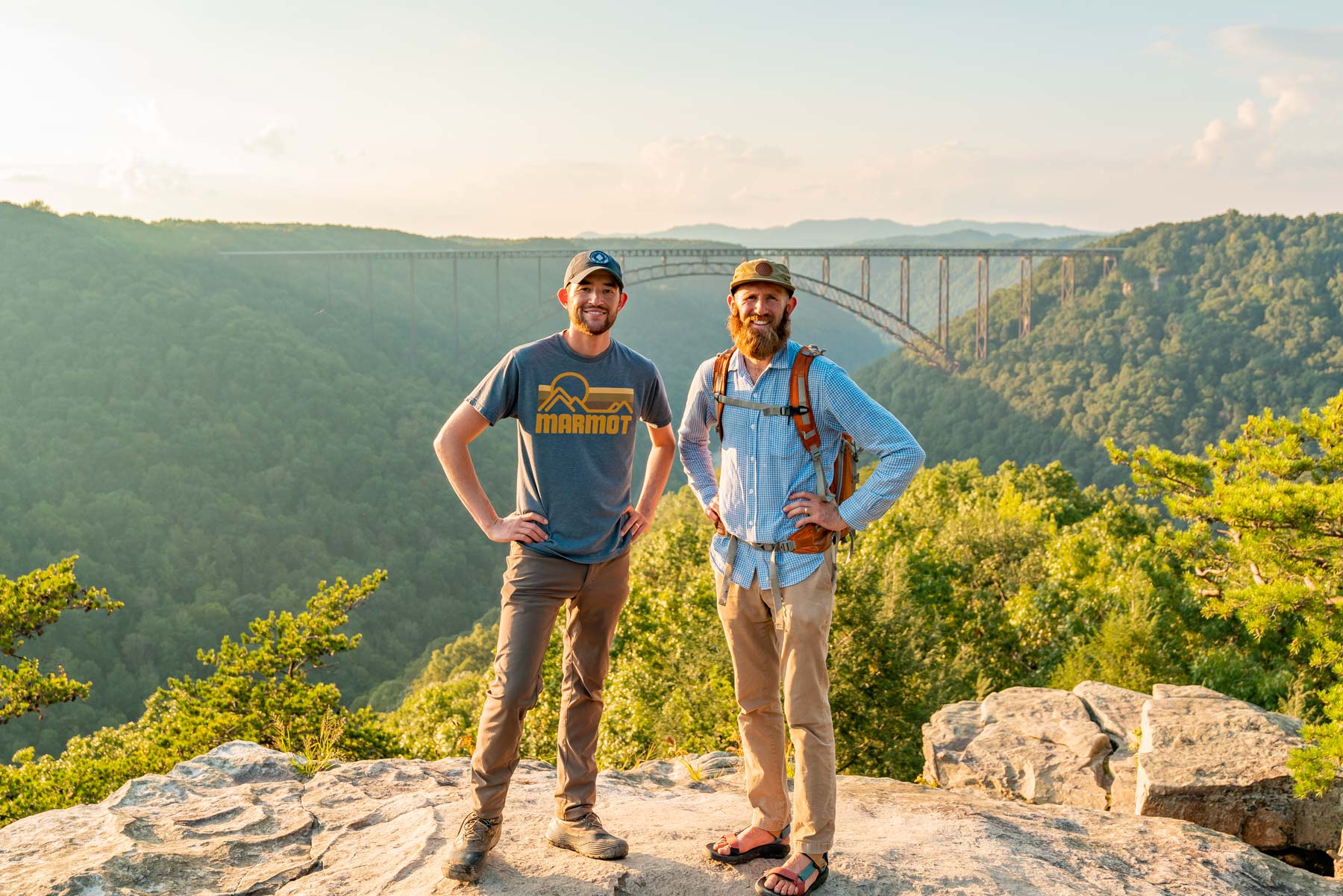
Table of Contents: Our Camera Kit
Our Outdoor Photography Camera Kit
Quick Camera Kit Picks
Short on time? No worries. Here’s our favorite camera gear in a nutshell:
- Camera (photos): Our Camera
- Camera (video): Big Video Camera & Small Video Camera
- Lenses: Wide Angle & Zoom
- Tripods: Photo Tripod & Video Tripod
- Head: Tripod Head
- Pack: Camera Backpack
- Drones: Small Drone & Big Drone
- Action: Action Camera
- On-the-Go Stabilized: Small Stabilized
Cameras for Photos
About 5 years ago we made the swap to Sony and have never looked back. For outdoor photography, lightweight is everything and Sony’s mirrorless offerings are perfect for what we do.
Sony A7RV
Recently we upgraded to the Sony A7RV and for us it makes a huge difference. Probably my favorite feature is the flip out touch screen that allows you to quickly select where exactly you want to focus to be for your photo (what a game changer). The battery life is much better as well.
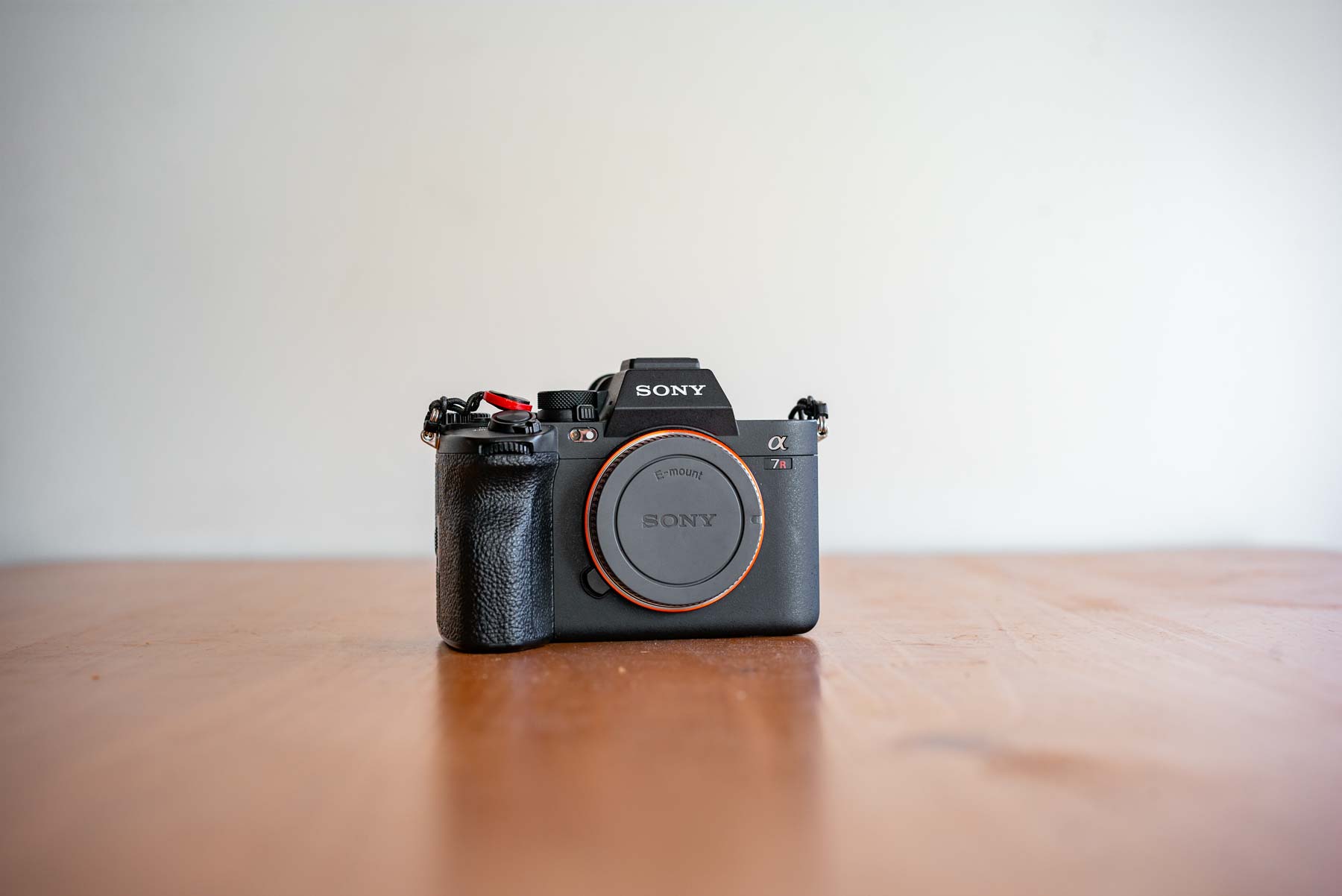
Sony A7RII
Up until last year we used the Sony A7RII which I argue is the best photo camera you can get now for the price. Practically all of our time lapses that you see in our films come from the A7RII.
Camera Lenses
We get a lot of surprised looking faces when we tell folks our lens kit is a mere two lenses deep. Yep, that’s it. We only use two lenses for all of our outdoor photography. One wide angle lens and one zoom lens. Sometimes we rent a big prime zoom for specific shots particularly of things you really don’t want to get to close to (like hot lava in Hawai’i Volcanoes National Park)
Reminds me of the answer to the question in the Will Smith movie, Pursuit of Happyness – Q:”What would you say if a guy walked in for an interview without a shirt on, and I hired him?” A:”He must have had on some really nice pants.”
Sony FE 16-35mm F2.8 GM II
For a wide angle lens we love the Sony FE 16-35mm F2.8 GM II. It’s fast and reliable. The F2.8 means we can get great star shots without having to boost the ISO too high. The downside is the weight – this puppy is heavy.
A great budget alternative is the Sony FE PZ 16-35mm F4 G which might be a touch sharper, is much lighter weight, and about half the price of the 2.8GM II. We used this one for a very long time and still keep it in the kit.

Sony FE 70-200mm F2.8 GM OSS II
The second lens that we have in our kit is the Sony FE 70-200mm F2.8 GM OSS II. This lens is fast and reliable. The F2.8 means you can get some pretty nice bokeh going, especially at 200mm. It’s heavy but worth the lugging around.
Previously we used the Sony FE 70-200mm F4 G OSS and would probably still be using it today had a beer can not spilled on it in our backpack during a long hike – oh well! One that has caught my eye recently is this squatty little Sony FE 70-200mm f/4 Macro G OSS II lens which is newer and really lightweight compared to the others. I haven’t used it personally but have heard great things.
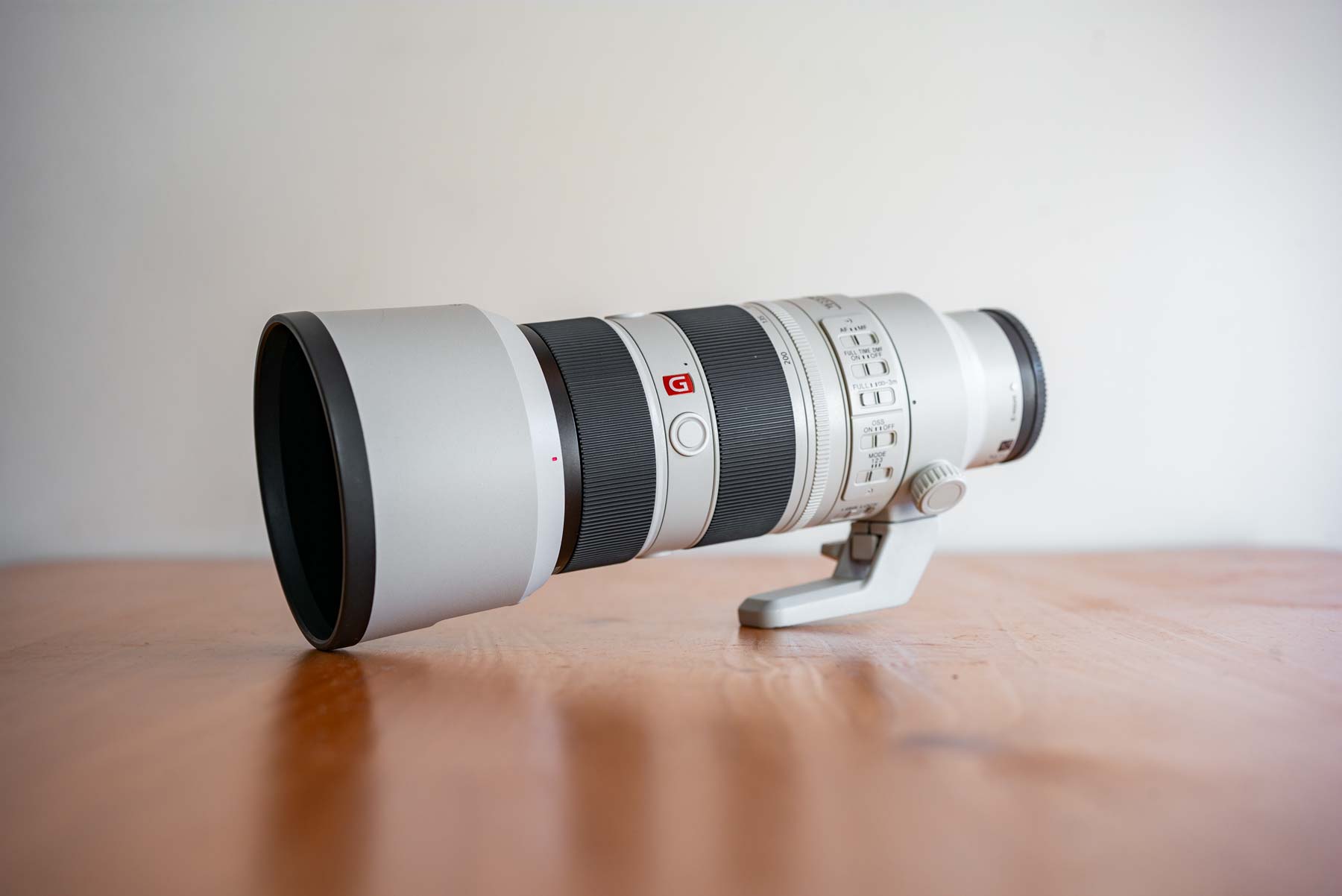
Drones
First things first. We DO NOT use drones in national parks and neither should you. It is illegal to do so and quite frankly shameful. We fully support the no drone rule in the parks.
In the national forests and BLM sites (except for in national monuments managed by USFS & BLM), however, drones are fair game. And it makes sense why. These places are generally much larger than parks and see far fewer visitors.
DJI Mavic 3 Pro
The DJI Mavic 3 Pro is our current workhorse drone and we love it. It is nothing short of incredible how far cinema drones have come since we started using them about a decade ago. This one is really special with the remote that no longer has to connect to an iphone.
The range is massive, the battery life is 40 minutes or so, and the feed is crystal clear. It’s also three different lenses built in including a zoom which is a game changer for cinematic shots. The only downside is that it doesn’t shoot in RAW.
DJI Inspire II
Whereas the only downside of the DJI Mavic 3 Pro is that it doesn’t shoot in RAW, the only upside of the DJI Inspire II is that it does. This thing is kind of a nightmare to operate as the feed is lost constantly, the sensors for crash detection are not as good, the setup takes more time, and charging the batteries takes longer. The RAW footage is really nice though and makes a difference on higher end productions.
We’ve heard the DJI Inspire III is easier to use and operate but have yet to try it ourselves and our holding out hope for RAW compatibility on a Mavic in the near term.
Video Cameras
While much of our work is time-lapse oriented for which we use the above cameras, much of it is not. All of our wildlife footage comes from the video cameras we use. Our style tends to be more cinematic.
Blackmagic URSA Mini Pro 12K
We’ve used Blackmagic cameras for more than a decade with great success. The Blackmagic URSA Mini Pro 12K is our current go-to as the quality is really unmatched for the price.
Blackmagic Design Pocket Cinema Camera 6K Pro
When we’re shooting something that’s a bit more run and gun or way out there in the wilderness we opt to bring the Blackmagic Design Pocket Cinema Camera 6K Pro over the URSA Mini Pro because of the size & weight. The Pocket Cinema Camera really packs a punch for such a compact device and the price is far more palatable for folks on a budget.
DJI Osmo Action 4
The DJI Osmo Action 4 finds uses for limited action shots like first person biking, or for us, underwater shots (of fish, etc).
Tripods & Heads
I feel like the tripod and head are often overlooked pieces of equipment. Ones that somehow get left behind or lost on trips. Yet for our work they are everything. We practically never shoot without a tripod and these are our favorites.
Camera Tripod: VANGUARD Alta Pro 2+ 264CT Carbon Fiber Tripod
For us, Vanguard is king of the tripod game. the 464CT is really great and lightweight. The quarter lock system is a big improvement over our last tripod. I once had a leg snap in the snow for one of these in -20°F weather in Montana. I emailed Vanguard and they repaired it for free so I’m still using it to this day.

Camera Tripod Head: Vanguard Alta BH-250 Ball Head
Should be no surprise here that we like Vanguard for the tripod head as well. There are fancier systems out there for sure but the Alta system is old reliable for us. The ball head system with levels makes getting our shots set up pretty quick.
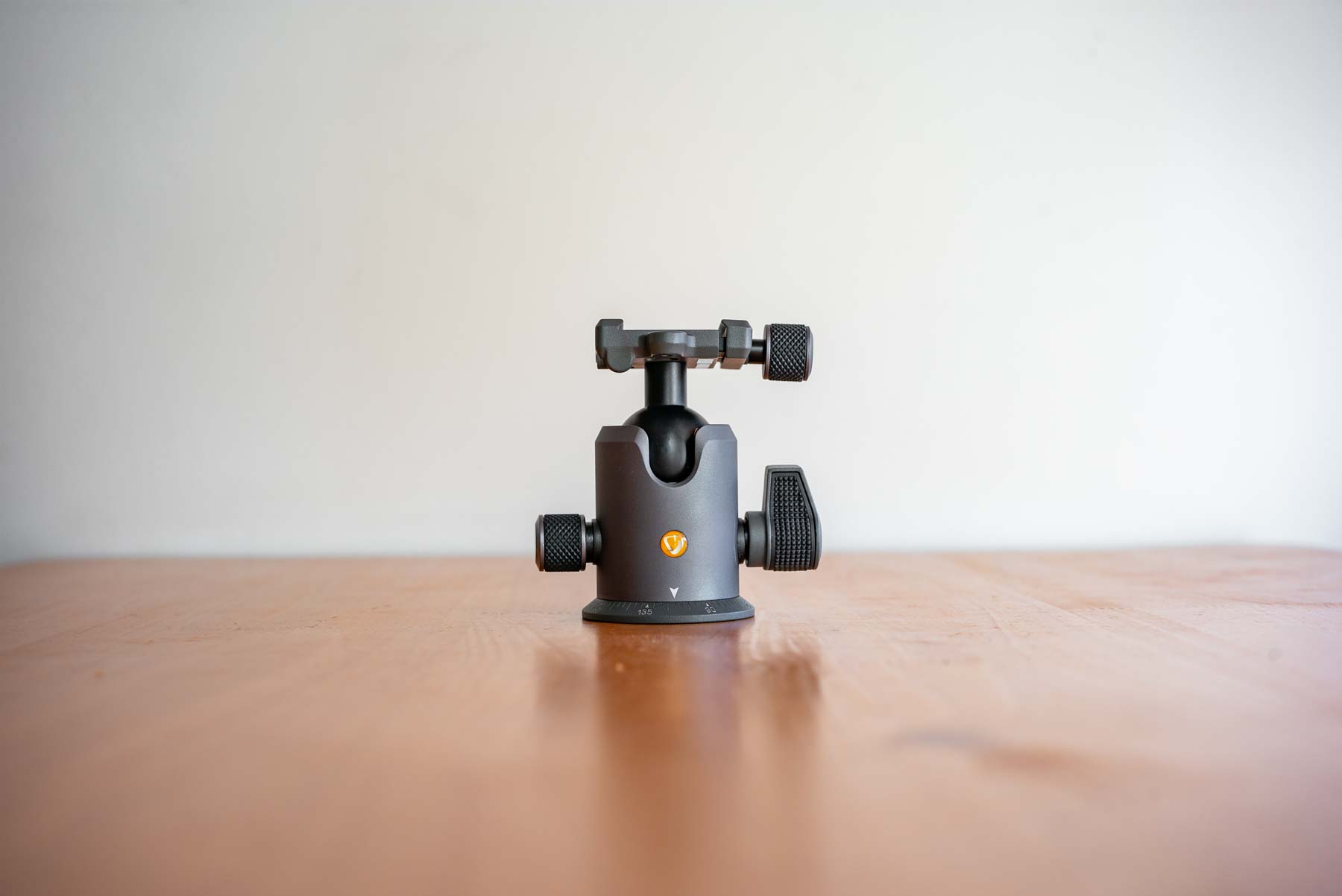
Video Tripod: SmallRig AD-100 FreeBlazer Carbon Fiber
It’s hard to beat this video tripod rig for the price, especially given that it’s carbon fiber. If you don’t need lightweight then go for the aluminum model of the same tripod which is 1/3 of the price.
Cases, Backpacks, & Bags
Keeping our equipment safe and secure is essential. It took us far too long to realize the value of properly storing our equipment but here we are.
Hard Case (Medium Size): Pelican Air 1615 Case
We pay more for Pelican for a reason. These cases are nearly indestructible and after damaging enough equipment you decide it’s time to make the investment. It’s been a worthwhile one for us to be sure. This Pelican Air 1615 is a newer addition to our kit and we’ve loved the lighter weight versatility it sports. I recommend getting this bright colored set of dividers for it to more easily organize(and locate) your gear.
Hard Case (Large): Pelican 1650 Case
The Pelican 1650 Case case is a larger, bulkier, and heavier version of the newer 1615 Air. It holds more equipment which is why we love it. I use this without the foam to put semi-fragile gear into.

Camera Backpack: Lowepro Flipside Trek BP 450 AW Backpack
Over the years Lowepro has released several different versions of this and they last forever. We recently retired one that had been in our rotation for over a decade. The Lowepro Flipside Trek BP 450 AW backpack can take a beating and fits everything we need.
Hard Drives & Memory Cards
The thing that terrifies us all the most as photographers – a hard drive going bad (or losing a memory card). I didn’t mean to take it there when we were having such a nice time but it’s part of the process here. Choosing the right hard drives and memory cards is just as important as choosing the right camera gear.
Hard Drive: Toshiba Canvio Basics 4TB Portable External Hard Drive
I have a pelican case full of hard drives at my house and Jim has a pelican case full of duplicate hard drives at his. We currently have over 100TB of footage in our library and that number grows every month. 80% of our hard drives are these Toshiba Canvio Basics 4TB Portable External Hard Drive. I’m knocking on wood, petting my lucky rabbit’s foot, and praying to the hard drive gods as I say this – we have never had a single one go bad. They recently updated the look and so far the inside is just as reliable.
If you can’t find that one then I recommend this WD 4TB Hard Drive as a solid alternative. I’ve used some solid state drives recently and have had issues with two which is a red flag for me so holding off until the price comes down and drives become more reliable to try again.
Memory Cards: SanDisk 512GB Extreme Pro
We like big memory cards and we cannot lie… And this SanDisk 512GB Extreme Pro is our top choice.
Memory Card Case: Pelican 0915 SD Memory Card Case
Are there cheaper alternatives to this highfalutin Pelican 0915 SD Memory Card Case? Yes. Am I alright risking it? Certainly not.
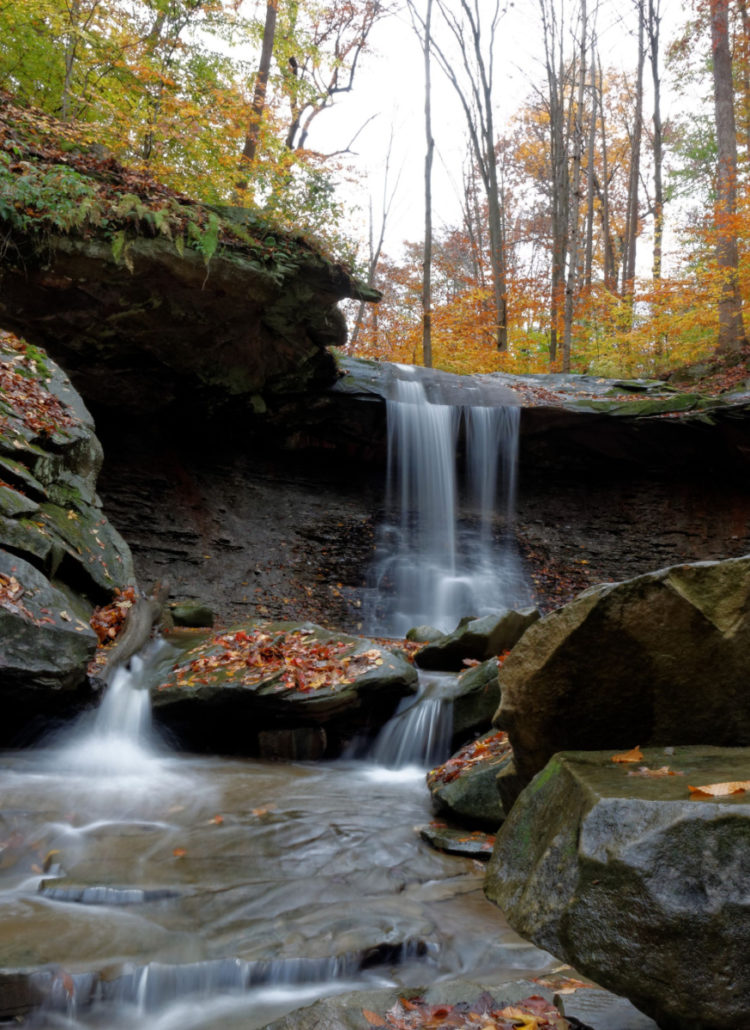
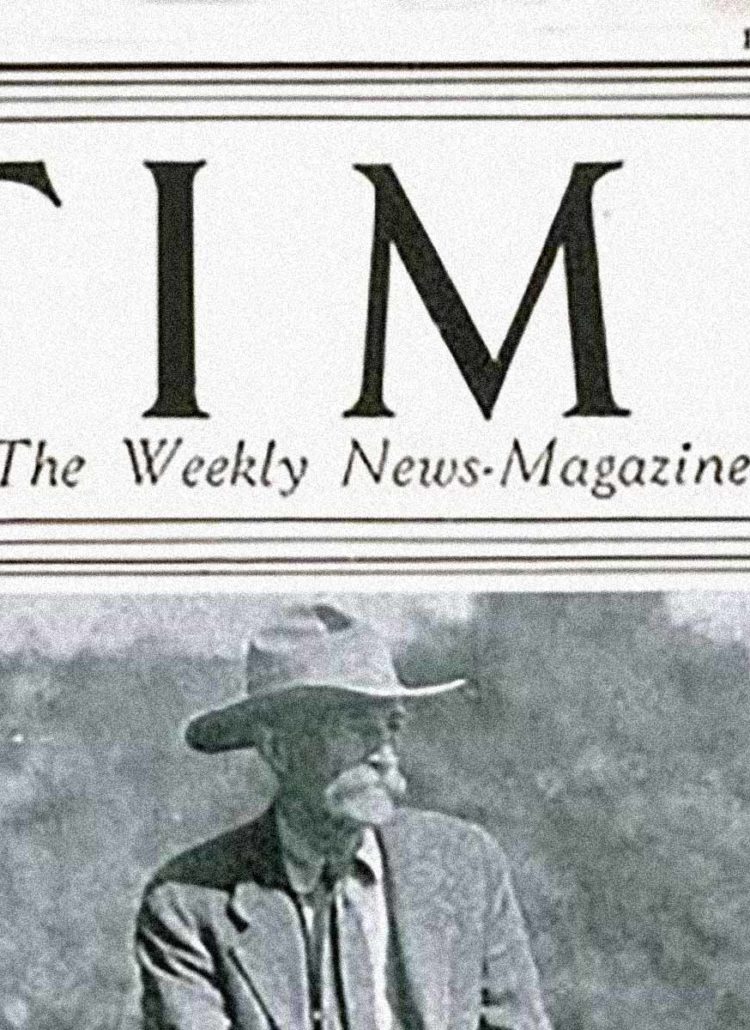
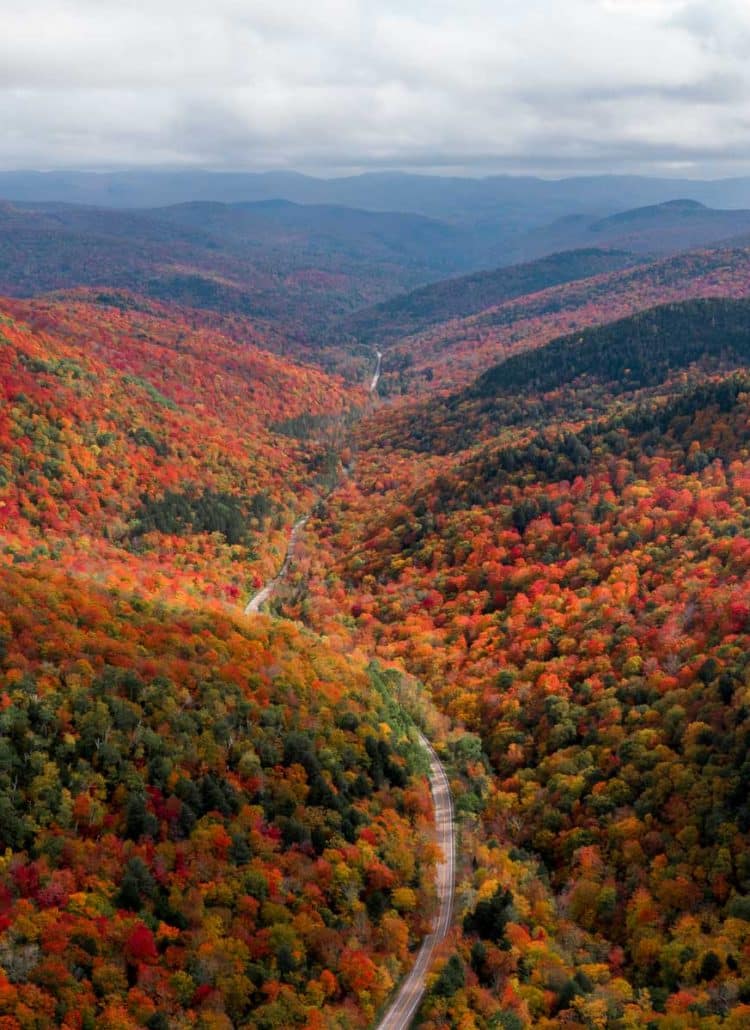


Thank you for sharing this! This is really helpful for me. I’m wondering – do you guys use any polarizers? Maybe I missed it above. What about any stabilizer rigs?
Thanks again!